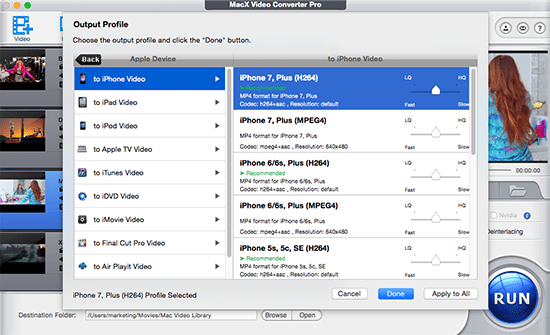
As an input option it is less accurate (because seeking is not accurate in most container formats), but takes almost no time. Note that if this parameter is given after the input file and before the output file, it becomes an output option and tells ffmpeg to decode and ignore the input until x seconds, and then start writing to output. -ss 0 seeks to 0 second before start decoding the input.

I just don' want to see it when I scroll up in the console -hide_banner prevents FFmpeg from showing build information on start.You can also use hh:mm:ss or hh:mm:ss.sss time formats.

Before I explain it line-by-line, the part where you convert only a small portion of a video is the second line and the second last line: -ss 0 means seek to 0 second before starts decoding the input, and -t 120 means stop writing to the output after 120 seconds. Note that the backslashes signal line breaks in a long command, I do it to help me keep track of various bits of a complex CLI input.

metadata:s:t:0 filename="Cover.jpg" -metadata:s:t:0 mimetype="image/jpeg" \ map 0:2 -metadata:s:s:0 language=eng -metadata:s:s:0 title="English" \ map 0:1 -metadata:s:a:0 language=eng -metadata:s:a:0 title="Surround 5.1 (DTS)" \ Here's an example, suppose an mkv file with stream 0 being video, stream 1 being DTS audio, and stream 2 being a subtitle: ffmpeg -hide_banner \ However often before I commit to transcoding a video in its entirety, I test my settings by converting a small portion of the video in question. x265 decides the rest of the parameters and usually it does a good enough job. For most videos (be it WMV, or MPEG, or AVC/H.264) I use crf=23. With that out of the way, I'd like to share my experience with x265 encoding. Most x265 switches (options with no value) can be specified like this (except those CLI-only ones, those are only used with x265 binary directly). In FFmpeg you can pass the parameter like this: ffmpeg -i INPUT.mkv -c:v libx265 -preset ultrafast -x265-params lossless=1 OUTPUT.mkv Not sure about avconv but the command you typed looks identical to what I do with FFmpeg. I tried using it in the following manner but it yielded opposite results (the video was even more pixelated): avconv -i input.mp4 -c:v libx265 -x265-params lossless -c:a copy output.mp4įrom my own experience, if you want absolutely no loss in quality, -lossless is what you are looking for.
HEVC XMEDIA RECODE HOW TO
However, I don't know how to use it correctly. I found that there is a -lossless option in x265. But in bulk conversion, how would I check each video manually? Is their some way that avconv can adjust CRF according to the input video intelligently? UPDATE-2 This is something which I have to check manually by converting small sections of the big videos. However, the problem is that for some videos CRF value of 28 is good enough, while for some videos, lower CRF is required. For example: avconv -i input.mp4 -c:v libx265 -x265-params crf=23 -c:a copy output.mp4 For better quality, I could use something less than 28. I found that crf is the knob I need to adjust. So, I need a method where avconv automatically adjusts whatever parameter needs adjustment, for each video. The thing is, I am doing a bulk conversion. Do I need to modify the crf parameter in my command line? Or something else?
HEVC XMEDIA RECODE MOVIE
one movie print which is of 5GB) loses quality - the video is all pixelated. However, a few videos which are of very high quality (e.g. Now, most videos convert fine and the quality is the same as before. #Output new files by prepending "X265" to the namesĪvconv -i "$i" -c:v libx265 -c:a copy X265_"$i" I ran the following command on all of the video files in my library: #!/bin/bash

I am trying to convert my video library to HEVC format to gain space.


 0 kommentar(er)
0 kommentar(er)
